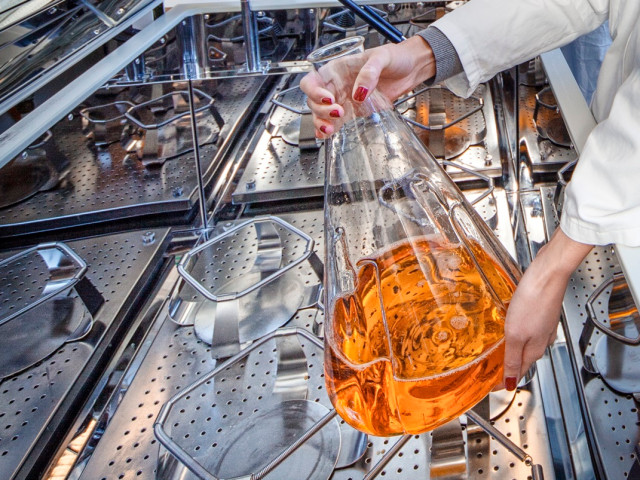The power of thermodynamics, which remains one of the founding blocks of chemistry, is it generality. In most thermodynamic courses, however, the microscopic and molecular origin of the mechanisms on which it is based on are usually avoided. In this course we address this gap, developing a basic knowledge in statistical thermodynamics to understand the forces that drive molecules and be able to predict their combined behavior in physical, chemical, and biological systems.
During the course the following subjects will be discussed:
- Principles of probability.
- The Boltzmann distribution law.
- The statistical mechanics of simple gases & solids and the molecular interpretation of temperature and heat capacity.
- Chemical and phase equilibria.
- Solutions, mixtures and transfer of molecules between phases.
- Physical (i.e. diffusion, permeation and flow) and chemical kinetics.
- Electrostatics: Coulomb’s Law, electrostatic potential and electrochemical equilibria.
- Intermolecular interactions and phase transitions.
- Adsorption, binding and catalysis.
- Thermodynamic properties of water.
- Introduction to the thermodynamics of polymer solutions.
After completion of the course, assuming attendance to every lecture and active participation in tutorials, the student should be able to:
- Describe and apply the principles of probability to predict molecular behavior.
- Describe and explain the concept of the Boltzmann distribution law, molecular partition function and partition function of a system.
- Predict some macroscopic properties from atomic and molecular structures using statistical mechanics.
- Describe the molecular interpretation of macroscopic properties such as energy, entropy, temperature and heat capacity.
- Predict gas-phase chemical reaction equilibria from atomic structures.
- Describe and explain phase equilibria based on the concept of chemical potential.
- Describe the molecular properties of regular mixtures and predict phase separation in liquid mixtures.
- Analyze physical kinetics phenomena in terms of non-equilibrium statistical mechanics.
- Predict, using a statistical thermodynamic approach, how the rate of a chemical reaction depends on the molecular structures involved.
- Combine the laws of electrostatics and thermodynamic equilibrium (i.e. Poisson-Boltzmann equation) to predict equilibria in solutions containing charged species.
- Describe the intermolecular interactions that hold liquids and solids together.
- Interpret phase transition diagrams in statistical thermodynamic terms.
- Describe the processes of binding and adsorption to a surface.
- Describe the anomalous thermodynamic properties of water and describe the origin of the hydrophobic effect.
- Explain the molecular thermodynamic properties of simple macromolecules in solution.
